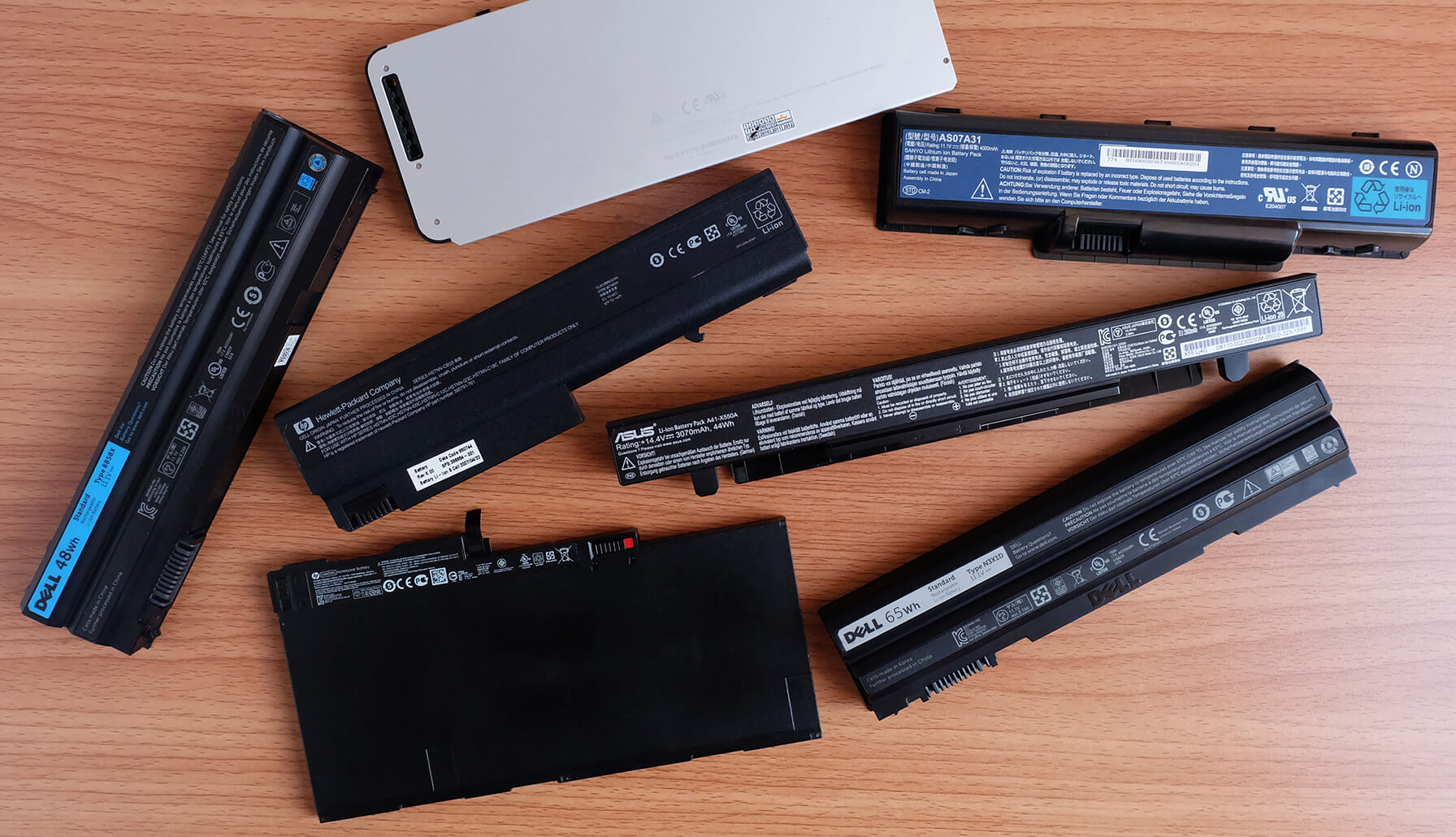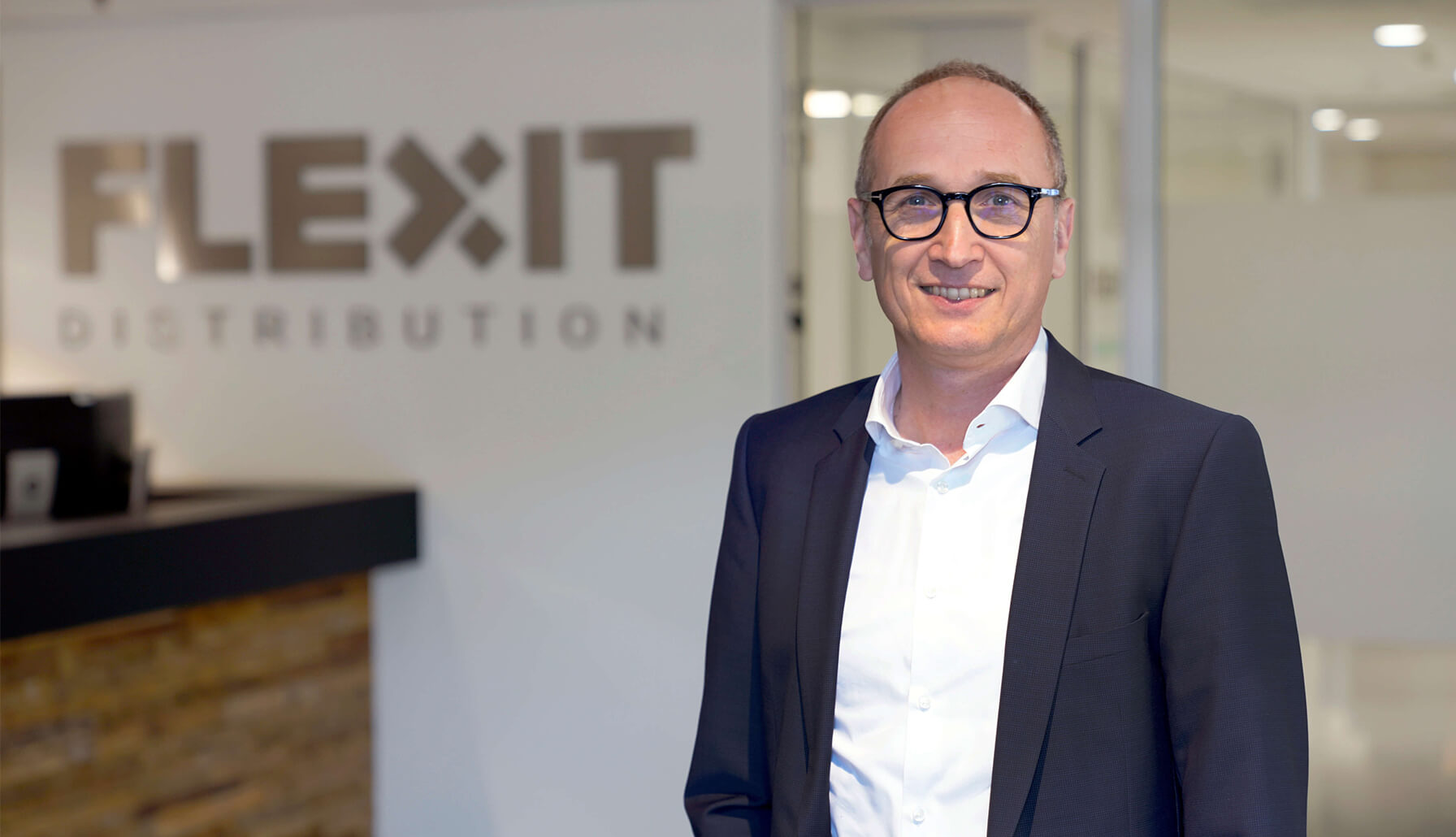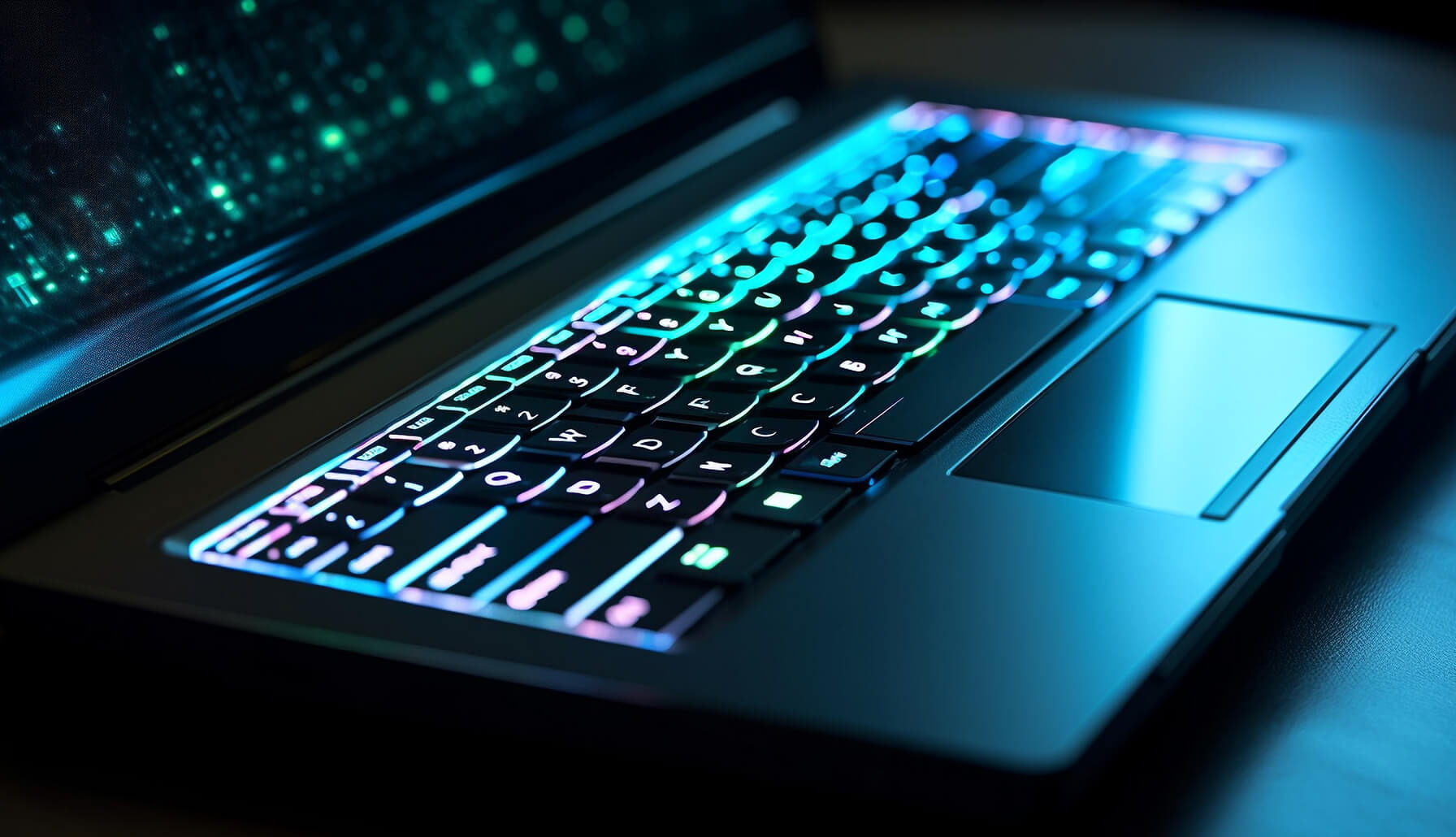Break-through in recycling lithium batteries used in laptops
Break-through in recycling lithium batteries used in laptops
Laptops run on lithium-ion batteries, the most efficient on the market. However, the extraction of raw material involves high costs and greenhouse gas emissions. Fortunately, a conductive ceramic forms the basis for a new method of recycling lithium. With the demand for rare metals continuing to rise, this is a significant break-through.
Conductive ceramics have a unique structure and composition that allows them to conduct electricity. This new method is a real break-through, whereas lithium and rare earth metals will become more important than fossils, such as oil and gas. According to European Commission President Ursula von der Leyen, the European demand for rare earth metals alone will increase fivefold by 2030. In this context, the EC is demanding greater efforts in lithium recycling. Currently, it is estimated that more than 1.9 million tons are thrown away every year.
Growing volume of batteries and waste
Recycling lithium has not taken off so far, because existing processes have proven not to be efficient. Yet recycling this material could contribute to a more sustainable battery production. This is crucial, because the growing volume of batteries means that waste will also increase considerably in the upcoming years. At the end of 2022, a group of European scientists examined the status of the extraction and reuse of metals, and their research concludes that in many cases sorting and recycling must improve. The metals with the highest rate of losses are found among laptops.
While there are efficient ways to recycle cobalt, copper, nickel and other minerals used for batteries, recycling lithium is still not cost-effective. Scientists at the German chemical company Evonik are working on a new solution to this problem and have designed a membrane to selectively capture lithium ions from spent batteries. The composition of this membrane selects lithium ions and allows them to move through the crystal structure that the company has built. Briefly, the process uses electricity (electrolysis) to separate lithium ions through a ceramic membrane.

The growing volume of batteries means that waste will also increase considerably in the upcoming years making recycling crucial
‘’Missing a huge opportunity’’
The rates of recycling and collection of metals vary, depending on the type of battery. Under the proposed Critical Resources Act of the European Commission, 35% of lithium should be recovered by 2026 and this should be doubled by 2030. The regulation also sets mandatory minimum levels for recycled content. Starting in 2030, the requirement for recycled lithium would be 4%, rising to 10% five years later. According to a study by the NGO Transport and Environment (T&E), the targets should be higher. T&E claims that “by requiring recyclers to recover small amounts of lithium – only 35 percent by 2030 – policymakers are missing a huge opportunity.”
Closing the loop and battling the amount of e-waste
For now, Evonik is concentrating on optimizing their method. In the future, electrolysis could take place in larger recycling or battery manufacturing plants, closing the loop where it started. Several companies have announced plans for battery factories, so-called “gigafactories”, in Europe to meet the rising demand. Some of these projects also provide for the recovery of end-of-life batteries to help battle the increasing volume of waste.
Besides the problem of increasing e-waste, big shortages of metals used in electronics such as smartphones and laptops are foreseen. Governments are expected to improve the infrastructure around recycling and simultaneously tech companies should increase investments in sustainable production. An increase in investments is also required to research methods how crucial raw materials can be won from electronic waste.







